
English Instructional Plan – Segmenting and Blending K-1
- Subject:
- Communication and Multimodal Literacy
- English
- Reading
- Material Type:
- Lesson Plan
- Author:
- VDOE Project Team
- Date Added:
- 04/13/2022

English Instructional Plan – Segmenting and Blending K-1

English Instructional Plan Setting and Plot 7
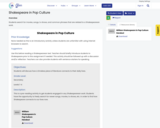
Students search for movies, songs, tv shows, and common phrases that are related to a Shakespearean work.
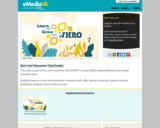
This video is part of the Learn and Grow with WHRO TV series. Watch Alystra Barefoot teach about character traits.

English Instructional Plan – Social Media in the Workplace
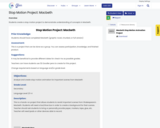
Students create a stop motion project to demonstrate understanding of concepts in Macbeth.

English Instructional Plan – Story Elements/Plot Grades 2-3 Integrated Strand/s: Communication and Multimodal literacies

English Instructional Plan – Story Elements and Plot Grades 4-5 Integrated Strand/s: Communication and Multimodal Literacies

This video is part of the Learn and Grow with WHRO TV series. Watch Meghan Dmytriw teach about organizing writing around a central idea with a beginning, middle, and end.

English Instructional Plan – Summarizing Grades 4-5

English Instructional Plan- Summarizing Fiction Using Sketchnoting- 3-5

English Instructional Plan – Syllable Generalizations: Vowel Teams Grades 2-3
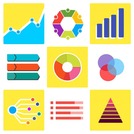
4th Grade lesson plan integrating computer science, english language arts, and history/social studies. Duration: 45 minutes. Students will strengthen their communication skills by contributing to individual and smallgroup discussions, seeking the ideas and opinions of others and beginning to use evidence to support their own personal opinions.

One 45 minute lesson plan integrating computer science, english language arts, and history/social studies. As students listen to stories, they realize that these stories have a beginning, middle, and an end. Planning a story is like writing an algorithm or program in that there are steps that are followed as the author determines the beginning, middle, and end of the story. Authors use multiple ways of planning and telling a story; stories can be told using story maps, storyboards, or other sequential graphic organizers.

One 45 minute lesson plan integrating computer science, english language arts, and history/social studies. As students listen to stories, they build reading comprehension and historical skills by realizing that stories have a beginning, middle, and end. Authors use multiple ways of creating a story; stories can be told using story maps, storyboards, or graphic organizers. Just as authors sequence events in a story, people may use computers as they work together to plan, create, and test programs. Programming is used as a tool to create products that reflect a wide range of interests, such as video games, interactive art projects, and digital stories
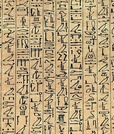
Grade Level: 3rd Grade Subject: Social Studies, Computer Science, and Language Arts Integration Topic: Ancient Egyptian Hieroglyphs and Algorithmic Thinking Duration: Three 45-minute Lessons Objective: Students will learn about Ancient Egyptian hieroglyphs, apply computer science concepts (algorithm debugging, loops, and planning), and create a symbolic artifact that models the concept of hieroglyphs, meeting Virginia Computer Science Standards of Learning (SOLs) and History SOLs.

This guided reading of Edgar Allan Poe’s “The Tell-Tale Heart” (1843) focuses on expanding vocabulary, developing student understanding of imagery and other figurative language, strengthening reading comprehension, and strengthening expository and persuasive writing skills.

English Instructional Plan – Text Analysis Basics
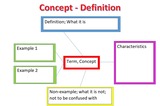
Students will understand how authors organize information presented in nonfictional texts.

English Instructional Plan – Theme Analysis 6-8